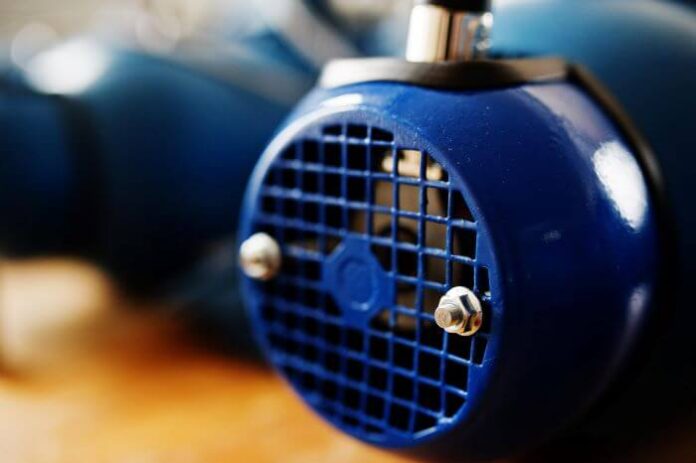Damper actuators are a type of control mechanism that is commonly used in heating, ventilation, and air conditioning (HVAC) systems. These devices are responsible for regulating the flow of air through dampers, which are adjustable plates that are used to control the flow of air in ductwork.
Understanding how damper actuators work and when they are necessary can help to build managers, engineers, and technicians to optimize the performance of HVAC systems and maintain a comfortable indoor environment.
In this article, we’ll take a closer look at damper actuators, how they function, and whether or not they are necessary for your specific HVAC system.
What is a damper actuator?
A damper actuator is a device used to control the opening and closing of airflow dampers in heating, ventilation, and air conditioning (HVAC) systems. The damper actuator is responsible for precisely positioning the damper to control the amount of air that is allowed to pass through the ductwork.
There are different types of damper actuators available, including electric, pneumatic, and hydraulic models. Electric damper actuators are the most common type and can be further divided into two categories: on/off and modulating. On/off damper actuators simply open and close the damper completely, while modulating damper actuators are capable of varying the position of the damper to allow for more precise control of airflow.
Pneumatic damper actuators operate using compressed air and are typically used in commercial and industrial settings where the control of large, high-velocity airflow is required. Hydraulic damper actuators, on the other hand, use hydraulic fluid to control the position of the damper.
When selecting a damper actuator, it is important to consider the specific application and requirements of the HVAC system. Factors to consider include the size of the damper, the desired level of control, and the available power sources. Additionally, compatibility with the control system and ease of installation and maintenance should also be taken into account.
What is the purpose of dampers?
Dampers are mechanical devices used to control the flow of air or gas in HVAC (heating, ventilation, and air conditioning) systems. They are typically installed in air ducts and chimneys to regulate the amount of air or gas that passes through the system. The primary purpose of dampers is to maintain the desired temperature and air quality in a building while conserving energy.
In HVAC systems, dampers can be used to regulate the flow of fresh air into the building, the amount of exhaust air that is removed, and the flow of air into different zones or rooms. Dampers can also be used to prevent the backflow of air or gas into the system, and to isolate sections of the system in the event of a fire or other emergency.
There are different types of dampers, including manual dampers that are adjusted by hand, and automatic dampers that are controlled by a damper actuator. A damper actuator is an electrical or pneumatic device that is used to control the position of the damper. It receives a signal from a thermostat or a building automation system and adjusts the position of the damper accordingly to regulate the airflow.
KMC damper actuators or Honeywell damper actuators, for example, are well-known for their reliability.
Do I need damper actuators?
Whether you need damper actuators depends on the specific requirements of your HVAC system. Damper actuators are used to control airflow and regulate the temperature of a building. They can be used in both residential and commercial HVAC systems.
If your HVAC system requires precise control of airflow and temperature, or if you need to remotely adjust the dampers in your ducts, then damper actuators may be a good choice for you. They can also be useful in buildings with multiple zones or areas that require different temperature settings.
However, if your HVAC system is relatively simple and doesn’t require precise control over airflow and temperature, then you may not need damper actuators. It’s best to consult with an HVAC professional to determine if damper actuators are necessary for your specific system.
Wrapping up
Damper actuators play a critical role in regulating the flow of air through HVAC systems, ensuring optimal performance and maintaining a comfortable indoor environment. By understanding the function of damper actuators and when they are necessary, building managers, engineers, and technicians can optimize the performance of HVAC systems and avoid unnecessary expenses.
Whether you’re looking to upgrade an existing HVAC system, design a new system, or simply want to learn more about how heating and cooling systems work, understanding the role of damper actuators is essential to achieving success in this field.







